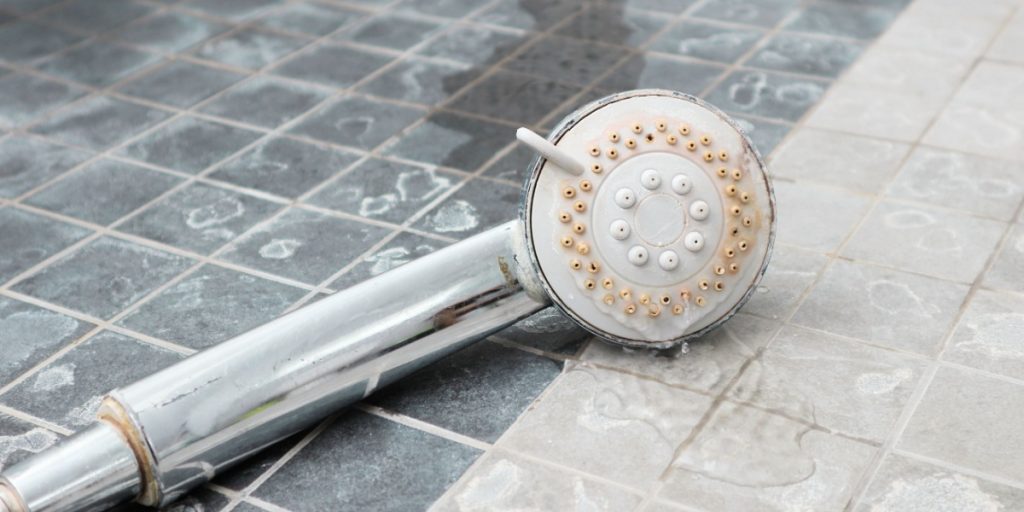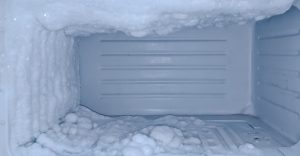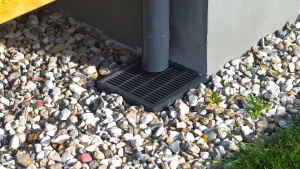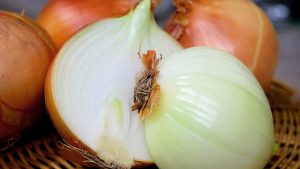Combat limescale with household ingredients.
Others are reading now
Limescale, that stubborn, chalky white residue, can spoil the appearance of faucets, shower doors, and tea kettles, posing not just a visual annoyance but also a threat to the efficiency of home plumbing and heating systems.
Originating from hard water, this pervasive issue has led many homeowners to seek effective removal methods that don’t rely on harsh chemicals.
Here’s a closer look at some game-changing, everyday ingredients that can tackle limescale build-up, ensuring your home remains both beautiful and functional.
Steam
Steam emerges as a surprisingly potent force against limescale, especially for lighter accumulations.
Also read
The intense heat from a steam cleaner not only sanitizes surfaces but also loosens limescale, making it easier to scrub away. While not a complete solution on its own, steam serves as a powerful ally in limescale removal, particularly when combined with other methods.
White Vinegar
White vinegar, with its ability to dissolve buildup thanks to its acetic acid content, stands as a household staple in the fight against limescale.
Soaking cotton pads in vinegar and applying them to affected areas or securing a vinegar-filled cup to a tap can work wonders. The key is to allow the vinegar sufficient time to break down the limescale chemically, reducing the need for potentially damaging scrubbing.
Baking Soda
Baking soda offers a milder approach to limescale removal.
Creating a paste from baking soda and water can directly target stubborn spots, providing a non-abrasive solution that’s especially useful for delicate surfaces. While combining baking soda with vinegar may seem like a logical step, it’s better to use each ingredient independently to maximize their cleaning potential.
Lemon Juice
Lemon juice, rich in citric acid, not only tackles limescale with efficiency but also leaves behind a refreshing scent.
Applying lemon juice directly to fixtures or rubbing a lemon half on affected areas allows the natural acids to dissolve limescale, proving that sometimes, the best solutions are the simplest ones.
Toothpaste and Petroleum Jelly
Fluoride, commonly found in toothpaste, can combat limescale on glass surfaces much like it fights plaque on teeth.
Meanwhile, petroleum jelly, applied to surfaces post-cleaning, can create a water-repellent barrier that helps prevent future limescale formation.
Hydrogen Peroxide
Hydrogen peroxide, a staple in many medicine cabinets, rounds out the list of limescale combatants.
Its mild acidity makes it perfect for regular applications, ensuring that limescale doesn’t stand a chance. By incorporating hydrogen peroxide into your cleaning routine, you can keep surfaces sparkling and limescale at bay.








